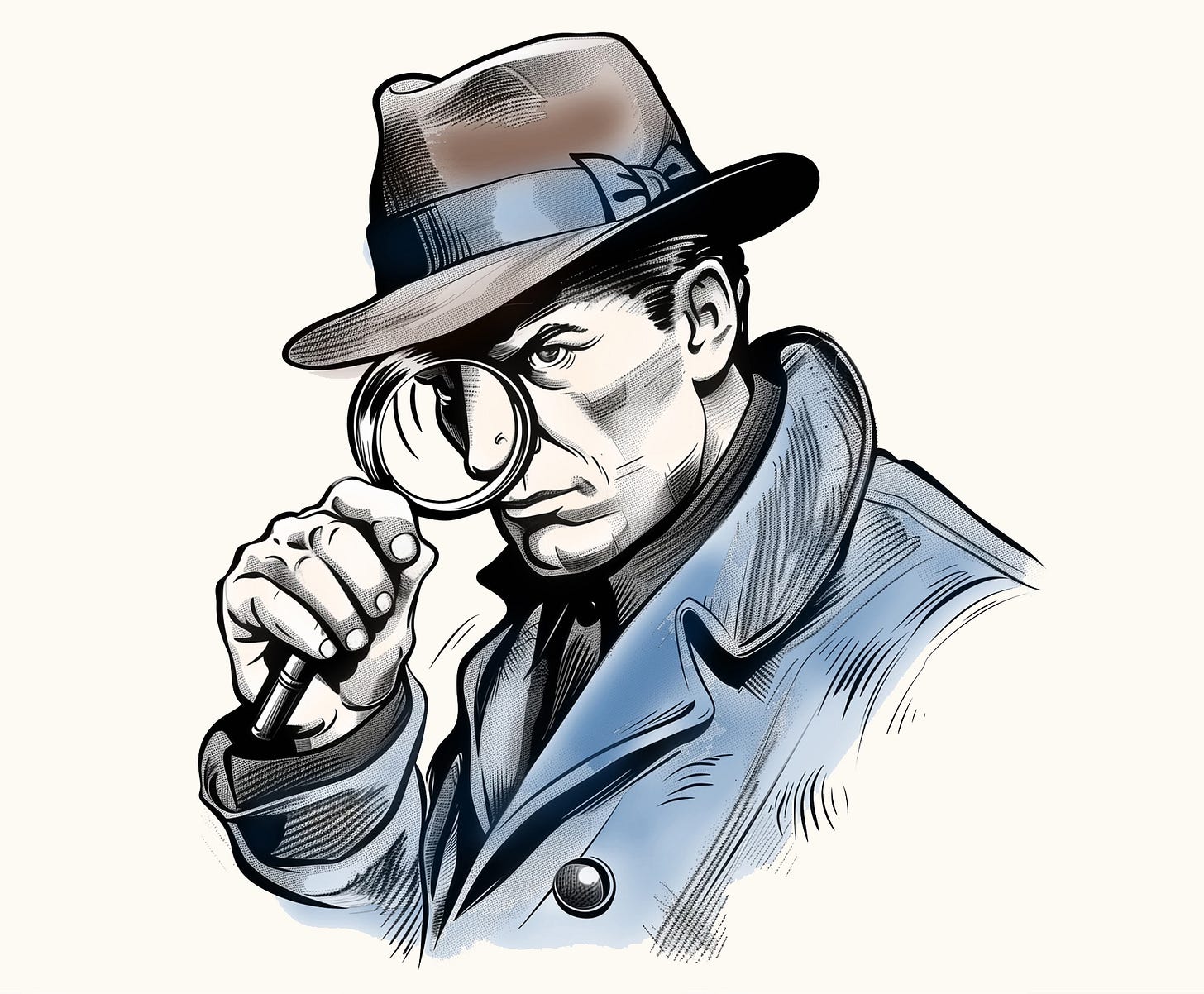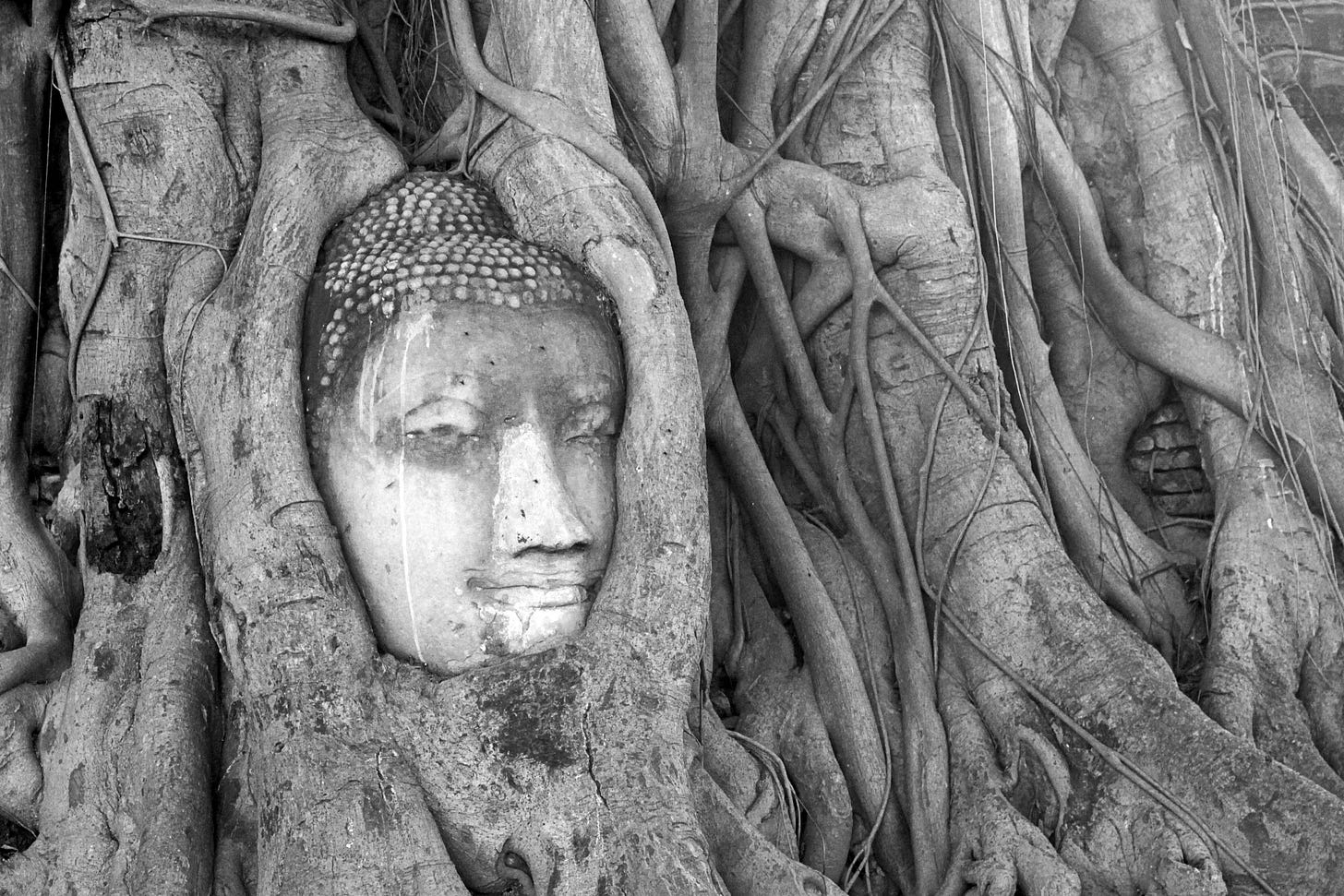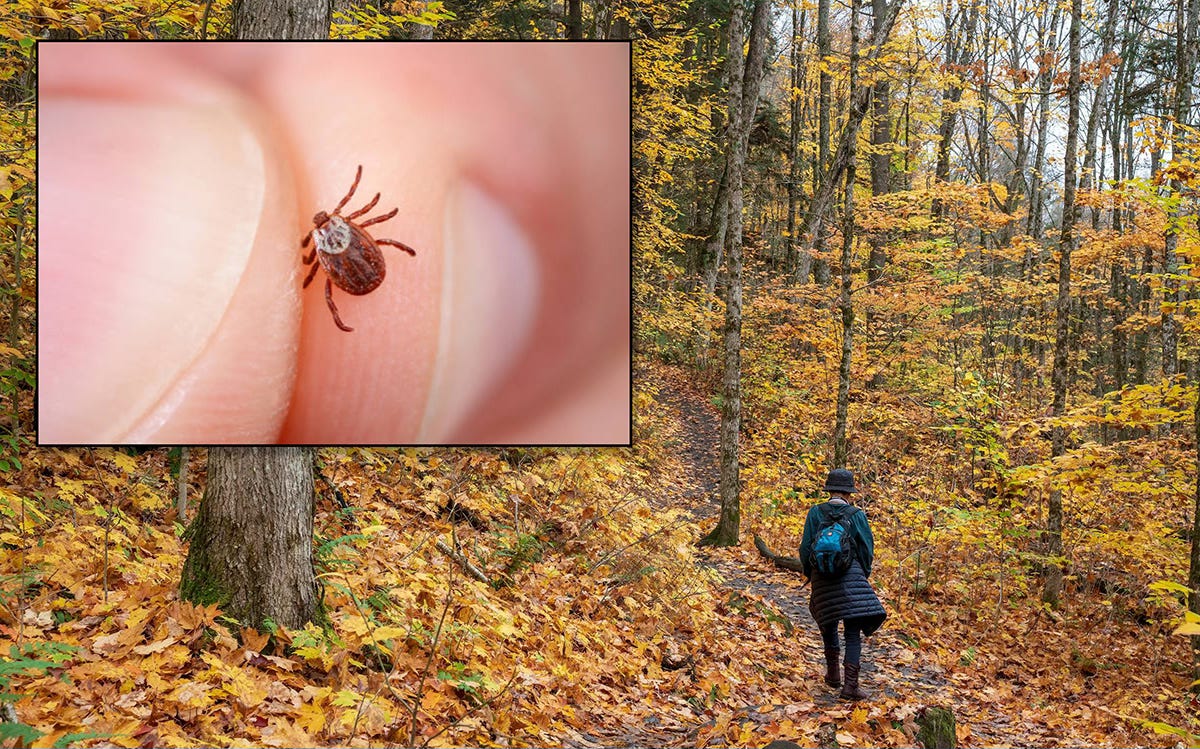How Did the Medical Detective Come to Be?
Before we start digging into clues about your health, let me tell you a little bit about how the Medical Detective came to be….
Where Did It All Begin?
When I began my seven years of medical school training in French at the Free University of Brussels in Belgium back in the 1970s, I wanted to explore the relationship between the body and mind and how to maximize health and well-being. I even considered being a psychiatrist early in my career, but that idea quickly faded after I did rotations in internal medicine in my sixth year with the most brilliant diagnostician I had ever met. His name was Dr Rodzinek. He was probably no more than five feet tall with the biggest brain I had ever seen, and was highly respected by everyone who knew him as a great medical detective. During rounds on the hospital wards, I was astonished by his diagnostic skills: how he took a detailed history, examining a patient carefully while looking for clues, not missing one aspect of the way a patient moved or gestured; pouring over laboratory results, explaining every abnormality and establishing a differential diagnosis for each one. This man was the Sherlock Holmes of his field, and all of us knew it. He had the knowledge and skill set that I yearned for in medicine. Fortunately for me, he wanted to learn English in order to publish in the medical journals, so we struck a bargain: I would come after hours several times a week during the year when all of the other interns had left, and he would personally train me in his style of medicine. He gave me cases to review, and had me take a history, do a detailed physical examination, establish a broad differential diagnosis, and come up with laboratory and treatment protocols based on my findings. He learned English, and I learned how to be medical detective. It was a great trade-off, and one that would serve me well years later when I found myself in the middle of epidemics where people were suffering, yet no one had answers.
During my seventh year in Belgium, a crucial meeting became another one of those key moments influencing my life path. Several years prior, I began studying with newly arrived Tibetan teachers of Kagyu Buddhism in Brussels. It just so happened that the local meditation center was four blocks from where I was living in downtown Brussels. I had a strong interest in the workings of the mind, and how to achieve peace and balance in the midst of the turmoil of life, and how to maximize our innate potential to realize our gifts and overcome obstacles. Especially in the middle of four months of nonstop finals in French with oral and written examinations!
[Photo from Pexels.com by Vicente Zanatta.]
I had been searching for happiness, meaning, and ways of connecting at deeper levels for most of my life, especially after experiencing trauma early in my childhood. My parents’ messy divorce left me with questions about my own goodness and worth, and the strong spiritual connection I had known as a child--where I would speak to God regularly, and “hear answers”--seemed broken. Until I met these teachers. The first Tibetan Lama I met was named Lama Guendun Rinpoche, who had just arrived from the south of France where he recently had set up a meditation center, Dagpo Kagyu Ling. The Lama was seated in a chair as I was ushered into his room for a blessing, and he motioned me to come closer. I approached him and got down on one knee, when he suddenly grabbed my head, put his head directly against my forehead, and began chanting. It went on for what seemed like an eternity. When he finished, it ended with this big “AHHHH….” There was a silence. A peace I hadn’t known for a long time.
When I went to see the Lama again, right before my graduation, I asked him what was the most important thing he wanted me to know before going out into the world as a doctor. “Exchange yourself with others,” he replied. “Put yourself in their shoes and do for them what you would want done for yourself. If you do this, everything will go well.”
I returned to America for advanced training in internal medicine at Mt. Sinai Services at Elmhurst, NY, where I became a board-certified internist. Following several years working in emergency medicine and in private practice, and as assistant director of medicine at Vassar Brothers Hospital in Poughkeepsie, NY, I then became the medical director of the Hudson Valley Healing Arts Center, an integrative medical center combining classical and complementary approaches to the treatment of Lyme disease and other tick-borne disorders.
When I first opened my practice in upstate New York, as a country doctor I hoped to get to know my patients intimately, to be a part of a community, and deal with common issues like hypertension, high cholesterol, and diabetes. I never dreamed I’d encounter a mysterious new tick-borne illness called Lyme Disease, with a strange mix of never-before-seen symptoms that was soon ruining people's lives.
Since my practice was located in a Lyme hotspot, my office was filled with patients with distinctive bullseye rashes, yet nearly a third of them didn’t get better with the standard course of antibiotics. They developed acute and chronic fatigue, joint and muscle pains, nerve pain, memory and concentration problems, and sleep difficulties as well as neuropsychiatric problems including depression and anxiety, leaving many of them debilitated for years. I remembered Guendun Rinpoche’s advice and sent them to every specialist I could think of: infectious disease doctors, neurologists, cardiologists, rheumatologists, physical therapists, and psychiatrists…yet no one had any answers.
Someone had to connect the dots and help these patients regain their health and their lives, and I decided it was going to be me!
Do for them what you would want done for yourself.
That became my mantra, my driving force on what has become a nearly four-decade journey to help those stricken with chronic diseases and relieve their suffering. After learning about functional medicine, a branch of medicine that dives into the root causes of disease, and studying it intensively, I started creating what I called a Map of the Cure (called MSIDS, short for Multiple Systemic Infectious Disease Syndrome), trying to find the commonality linking all of these widely disparate symptoms. Unknown food allergies, environmental toxins, a substandard diet with vitamin and mineral deficiencies, chronic viral infections, unusual hormone deficiencies, low blood pressure, silent liver disease, mitochondrial dysfunction, and long-standing emotional trauma were all landmarks on this map. Wherever these problems existed, the impact on health could be severe. When several combined together, results could be catastrophic. Yet when I carefully identified each of the elements and treated them appropriately, patients consistently returned to good health—often for the first time in decades.
While I was fine-tuning the MSIDS Map, I became a founding member of the International Lyme and Associated Diseases Society (ILADS) and president of the International Lyme and Associated Diseases Educational Foundation (ILADEF), as well as a member of the HHS Tick-Borne Disease Working Group, which recently provided Congress with recommendations for the diagnosis and treatment of tick-borne disorders. I am now serving as a member of the NYS Department of Health Tick-Borne Disease Working Group. I’ve co-authored peer-reviewed Lyme guidelines, have trained hundreds of healthcare providers in diagnosing and caring for patients with treatment-resistant tick-borne disorders, and served as a consultant to governments around the world, including China, Australia, Belgium, France, the United Kingdom, and the United States. In 2010, I was awarded the Humanitarian of the Year award by the Turn the Corner Foundation for my treatment of Lyme Disease, and recently was honored by Project Lyme for my contributions to the field of Lyme and associated tick-borne disorders.
I’ve also become the bestselling author of two award-winning books on Lyme disease and chronic illness. My first, Why Can’t I Get Better? Solving the Mystery of Lyme and Chronic Disease (St Martin’s Press, 2013, NY Times bestseller), is so highly regarded, it is commonly referred to as "The Lyme Bible.” My second book, How Can I Get Better? An Action Plan for Treating Resistant Lyme and Chronic Disease (St Martin’s Press, 2017), was another national bestseller. I’m currently at work on my third book on chronic disease, to be published by Simon & Schuster in 2025, based on decades of research that I’ve done in the field of functional medicine. I’ve made innumerable public appearances at organizations that host speakers and guest lecturers on chronic disease: local, national, and international Lyme conferences, integrative conferences, and webinars. I’ve appeared regularly on local and national media outlets (television, radio, and podcasts), and contributed to several major documentaries, which were shown in theatres and can be found on streaming sites. These include The Quiet Epidemic, Under Our Skin, The Monster Inside Me, and the seven-part series Afflicted, streaming on Netflix to much acclaim since 2018.
Why The Medical Detective Substack
We’re currently in the throes of a global epidemic of chronic diseases, but there’s so much misinformation and confusion floating around that countless people are getting misdiagnosed, improperly treated, or dismissed and gaslit. I’ve discussed a lot of this to my 40,000 followers on my Facebook page (https://www.facebook.com/drrichardhorowitz), but the postings there are primarily about Lyme Disease and climate change, occasionally touching on other topics in the functional medicine space. There are so many more health issues that need to be addressed—because there are answers, and there are treatments that work. But only if you know the right questions to ask.
The 16-point MSIDS model that you’ll read about in upcoming postings will help you as it’s helped my patients. It has allowed me to diagnose and treat many of the hidden, underlying causes not only of Lyme but also of many of the most common chronic diseases the world is now grappling with. CFS/ME and Fibromyalgia, where people suffer with chronic fatigue, pain, memory and concentration problems, as well as mood and sleep disorders. Autoimmune illnesses like MS. The intractable nature of Long Covid has made my latest discoveries more important than ever--particularly because all 16 points on the MSIDS map which have helped thousands get better from chronic Lyme disease have all been recently discovered to be present in Long Covid! These MSIDS factors are present in many other chronic diseases, and your healthcare provider may not be aware of all of them and how they are impacting your physical, mental and spiritual health.
That’s what you’re going to read about in The Medical Detective…and so much more.
That I’ve always been able to figure out why my patients are ill isn’t a matter of luck. It’s a matter of dogged determination, training by some of the giants in the field, proper motivation, and ultimately integrating left-brain knowledge with right-brain intuition, thanks to what I learned studying with Tibetan masters of the Kaygu lineage for over 40 years.
So let’s get digging! You can get better!








